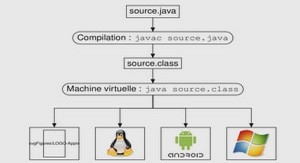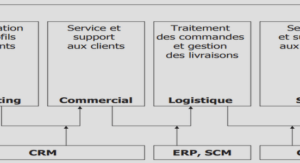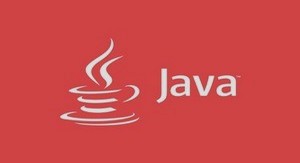Sommaire: Introduction to objects thinking in java second édition
Preface
Introduction
1: Introduction to Objects
2: Everything is an Object
3: Controlling Program Flow
4: Initialization & Cleanup
5: Hiding the Implementation
6: Reusing Classes
7: Polymorphism
8: Interfaces & Inner Classes
9: Holding Your Objects
10: Error Handling with Exceptions
11: The Java I/O System
12: Run-time Type Identification
13: Creating Windows & Applets
14: Multiple Threads
15: Distributed Computing
A: Passing & Returning Objects
B: The Java Native Interface (JNI)
C: Java Programming Guidelines
D: Resources
Index
Extrait du course introduction to objects thinking in java second édition
Introduction
Like any human language, Java provides a way to express concepts. If successful, this medium of expression will be significantly easier and more flexible than the alternatives as problems grow larger and more complex. You can’t look at Java as just a collection of features—some of the features make no sense in isolation. You can use the sum of the parts only if you are thinking about design, not simply coding. And to understand Java in this way, you must understand the problems with it and with programming in general. This book discusses programming problems, why they are problems, and the approach Java has taken to solve them. Thus, the set of features I explain in each chapter are based on the way I see a particular type of problem being solved with the language. In this way I hope to move you, a little at a time, to the point where the Java mindset becomes your native tongue.
Prerequisites
This book assumes that you have some programming familiarity: you understand that a program is a collection of statements, the idea of a subroutine/function/macro, control statements such as “if” and looping constructs such as “while,” etc. However, you might have learned this in many places, such as programming with a macro language or working with a tool like Perl. As long as you’ve programmed to the point where you feel comfortable with the basic ideas of programming, you’ll be able to work through this book. Of course, the book will be easierfor the C programmers and more so for the C++ programmers.
Learning Java
At about the same time that my first book Using C++(Osborne/McGraw-Hill, 1989) came out, I began teaching that language. Teaching programming languages has become my profession; I’ve seen nodding heads, blank faces, and puzzled expressions in audiences all over the world since 1989. As I began giving in-house training with smaller groups of people, I discovered something during the exercises. Even those people who were smiling and nodding were confused about many issues. I found out, by chairing the C++ track at the Software Development Conference for a number of years (and later the Java track), that I and other speakers tended to give the typical audience too many topics too fast. So eventually, through both variety in the audience level and the way that I presented the material, I would end up losing some portion of the audience. Maybe it’s asking too much, but because I am one of those people resistant to traditional lecturing (and for most people, I believe, such resistance results from boredom), I wanted to try to keep everyone up to speed.
Goals
Like my previous book Thinking in C++, this book has come to be structured around the process of teaching the language. In particular, my motivation is to create something that provides me with a way to teach the language in my own seminars. When I think of a chapter in the book, I think in terms of what makes a good lesson during a seminar. My goal is to get bite-sized pieces that can be taught in a reasonable amount of time, followed by exercises that are feasible to accomplish in a classroom situation.
Online documentation
The Java language and libraries from Sun Microsystems (a free download) come with documentation in electronic form, readable using a Web browser, and virtually every third party implementation of Java has this or an equivalent documentation system. Almost all the books published on Java have duplicated this documentation. So you either already have it or you can download it, and unless necessary, this book will not repeat that documentation because it’s usually much faster if you find the class descriptions with your Web browser than if you look them up in a book (and the on-line documentation is probably more up-to-date). This book will provide extra descriptions of the classes only when it’s necessary to supplement the documentation so you can understand a particular example.
………
Introduction to objects thinking in java second édition (4348 KO) (Cours PDF)




